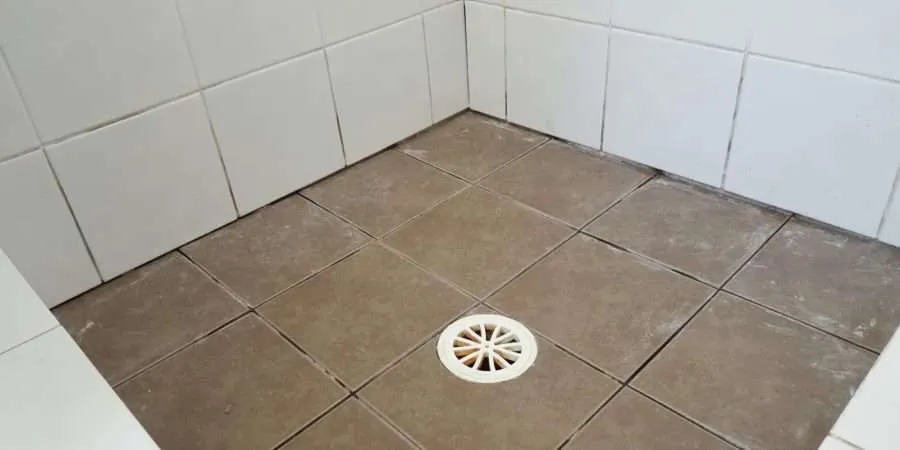Exactly how to Prevent a Water Damaged Bathroom
Exactly how to Prevent a Water Damaged Bathroom
Blog Article
Just about every person has their own unique idea in relation to How to Prevent Bathroom Water Damage.

The shower room is incredibly prone for damp buildup as well as prospective water damage because of the frequent use water in it. This write-up supplies straightforward assessment methods to help detecting water damages threats.
The regular use of water in the washroom makes it very prone for damp accumulation and possible water damage. By examining it regularly, you can lower water associated damages.
The following collection of inspections is easy to execute and also need to be done as soon as in every 3 months in order to keep your restroom healthy and also to stop prospective water damages caused by the bath tub, the shower, pipeline joints as well as plumbing, sinks, cabinets, and also the commode
Do not disregard doing these inspections and also be complete while doing them. Keep in mind that these simple examinations can conserve you a lot of money by giving very early indicators for water damage
Sinks and also Cabinets
Sinks as well as cabinets are revealed to wetness and moisture everyday and are usually forgotten. Examine routinely under the sink and also on the counter top above it. Fix any type of drip in the catch as it may recommend drain troubles. Browse the sink, slow draining pipelines might indicate an obstructed drain. Change sink seals if they are split or loosened.
Tub and Shower
The shower as well as bathtub need special interest and upkeep. Check the ceramic tiles and change if cracked. Make certain that there is no missing cement between the floor tiles. Examine and also replace split caulking at joints where the walls satisfy the flooring or the tub. Obstructed drains and also pipes issues will certainly avoid the bath tub from drying and also may show major troubles beneath the tub. Seek advice from an expert quickly to prevent architectural damage. Focus on stainings or soft areas around the tub wall surfaces as they may show an internal leak.
Plumbing
Signs for water damages are hard to discover given that many pipelines are mounted inside the walls.
Pay unique focus to flooring as well as wall surfaces dampness and spots as they might indicate an unnoticeable plumbing trouble. Check moisture degrees in adjacent rooms as well.
The Toilet
The bathroom is an at risk water junction. Inspect the water lines as well as search for leaks around the toilet seat, in the hose pipe, as well as under the water storage tank. If you find any kind of indicators of moisture on the floor around the toilet, check for leaks in the toilet rim and storage tank seals.
Understand that hanging bathroom bowl antiperspirants boosts the possibilities for obstructions.
Water Damage Signs In The Bathroom To Avoid Cleanup
Musty smell
This is one of the easiest signs to catch because musty smells are so odorous. The damp, earthy, moldy smell should be a big red flag. The smell will develop when moisture gets trapped in surfaces, and begins to facilitate mold growth. Leaking pipes under cabinets, inside walls, and behind shower fixtures will cause moisture to stay trapped and not dry, which will lead to mold growth and spread. As soon as you notice any musty smells in your bathroom, have it checked for hidden water damage and cleanup signs.
Visible mold
If the smell isn’t there to give it away, sometimes you will actually see mold growth. Finding mold in your bathroom is a serious problem, because mold is very harmful to your health. By the time mold growth is visible, it also means that water damage has already occurred and been present for some time. The only way the mold problem can be resolved is to find the source of the moisture and get it stopped. To safely and adequately remove mold, you need to have professionals handle the remediation. Do not waste any time in getting mold problems addressed, fixed, and sanitized so that you can protect you and your family from the many respiratory symptoms caused by mold exposure.
Damaged floors
Bathroom floors should be able to withstand some exposure to water while still remaining in good condition. However, when excess exposure or water leaks occur, they will begin to damage even the most water-resistant flooring. If you notice any cracking, bubbling, staining, or warping on your bathroom floors, there is probably a water leak somewhere causing the distortion. If you notice areas of the floor have become softer, or even have a spongy feeling, there is probably damage to the subfloor. Subflooring is typically made up of plywood. When plywood is exposed to water or moisture, it will absorb it. Once it has become saturated, the weight of the excess water will cause the wood to swell and soften. Check the floors in your bathroom frequently to catch any of these sings before they lead to damaged subflooring.
Changes on walls
When water leaks behind walls, it will cause changes in the drywall. Peeling plaster, blistering paint, and soggy wallpaper are all good indicators that excess water is building up behind the wall. Water leaking behind drywall will cause it to swell and be soft to the tough. If you start to notice gaps along the trim of your walls, or where tile meets the wall, it could also be a strong indicator that there is a leak behind the wall. Any changes, distortion, or damage on the walls should be evaluated as soon as you notice it to prevent further water damage and cleanup.

I'm just very excited about How to Prevent Bathroom Water Damage and I hope you enjoyed the article. Loved our article? Please share it. Let another person discover it. Kudos for your time. Don't hesitate to stop by our website back soon.
Click Report this page